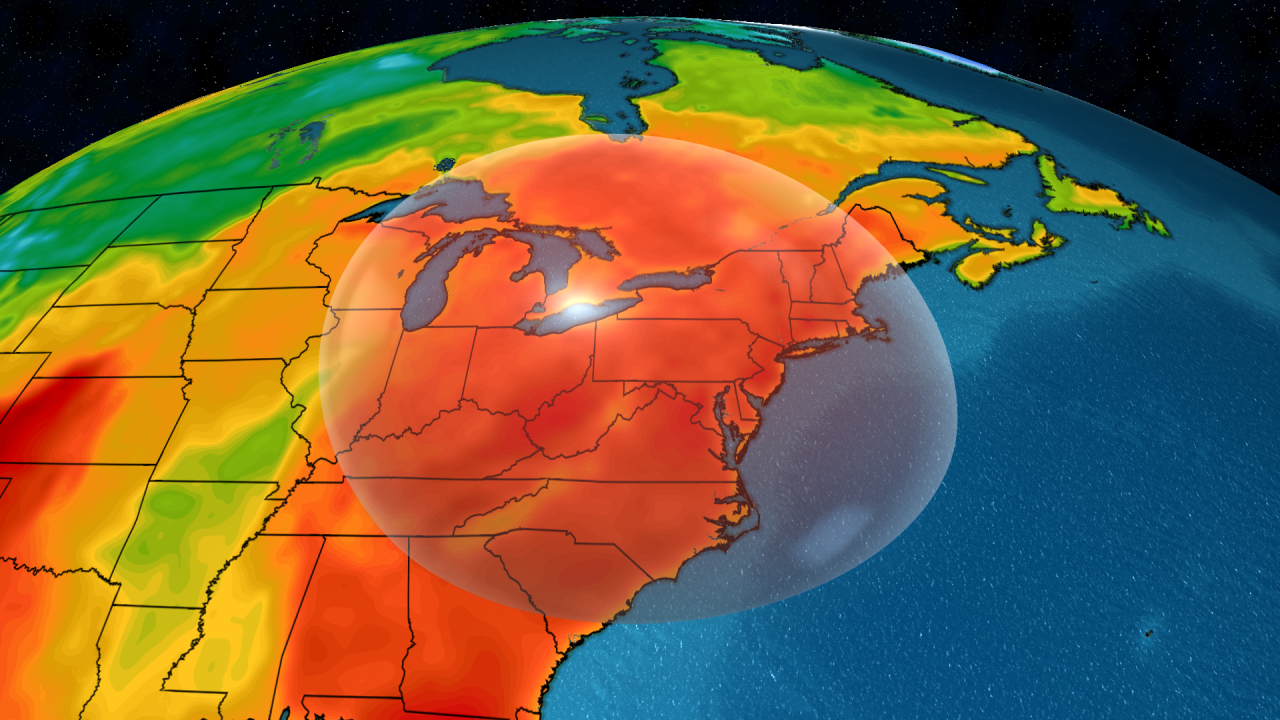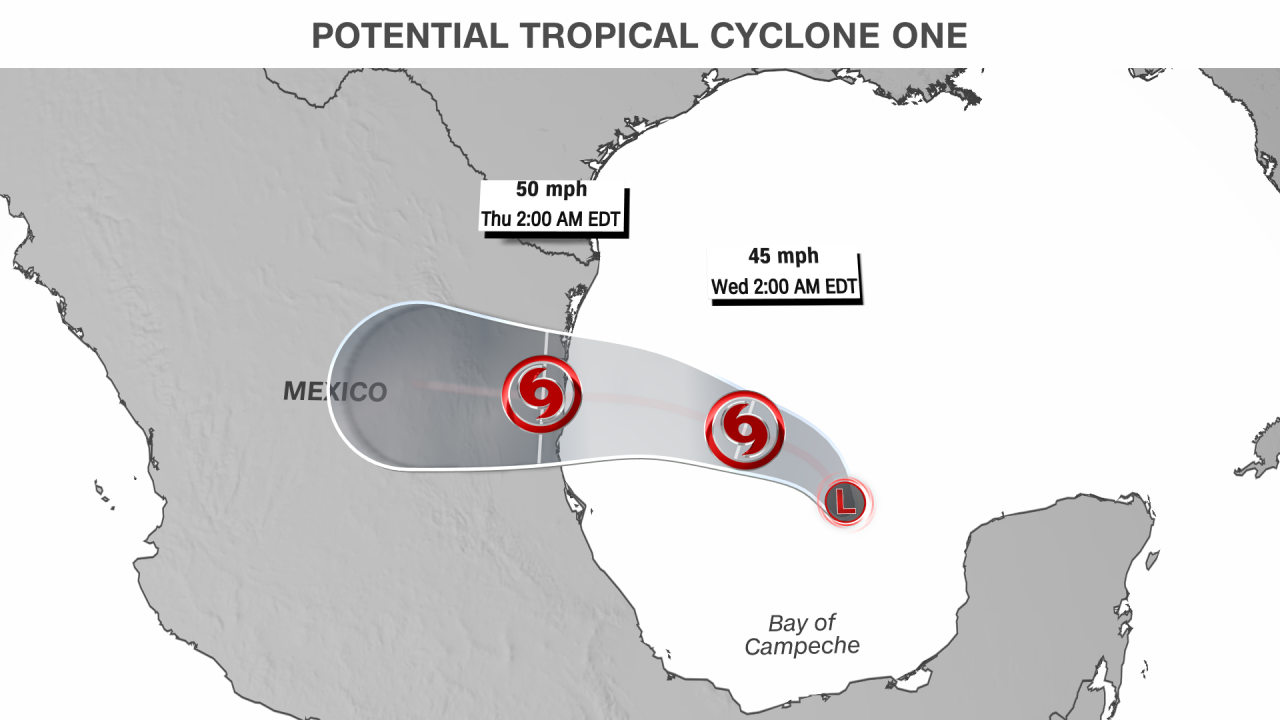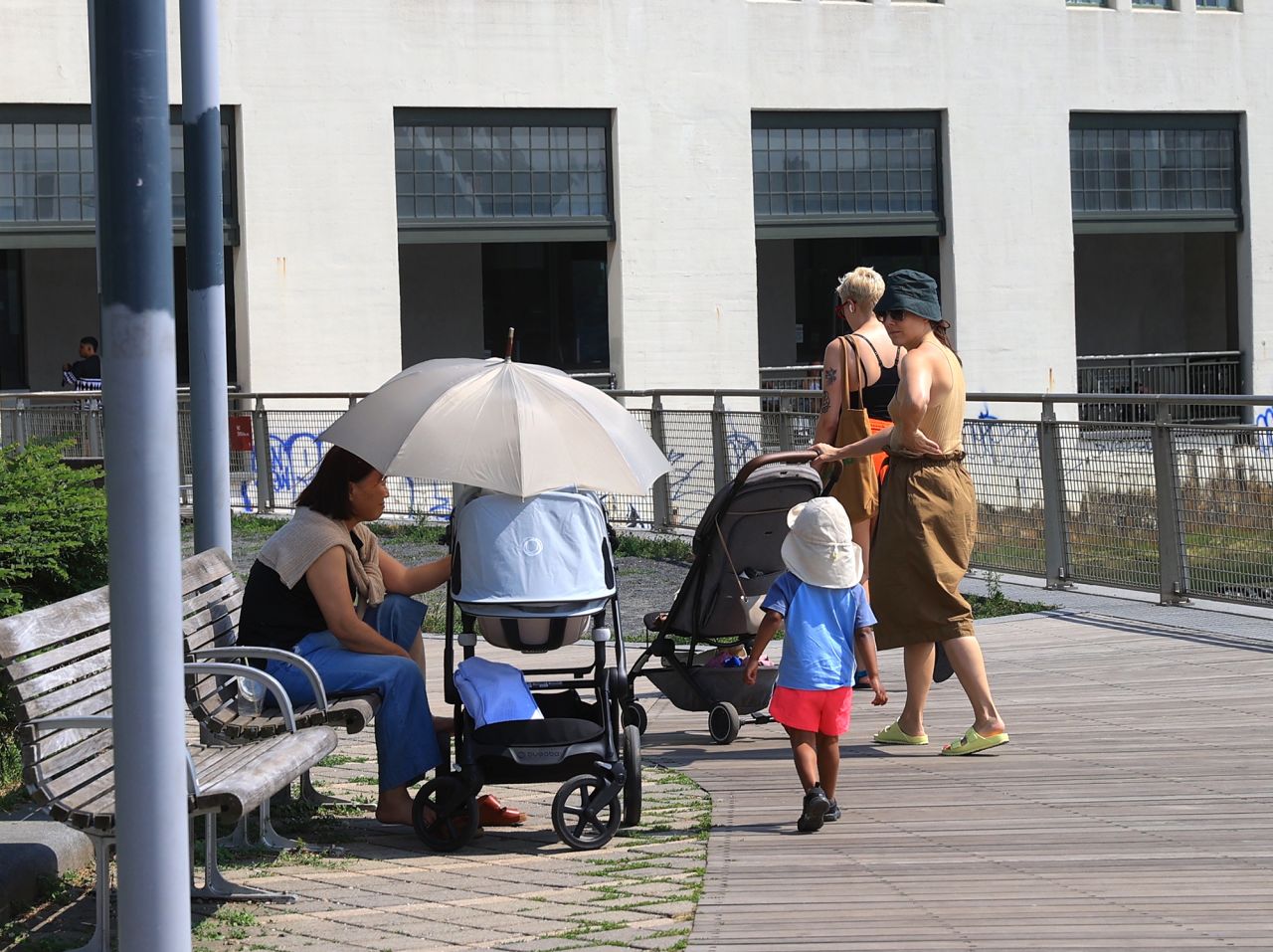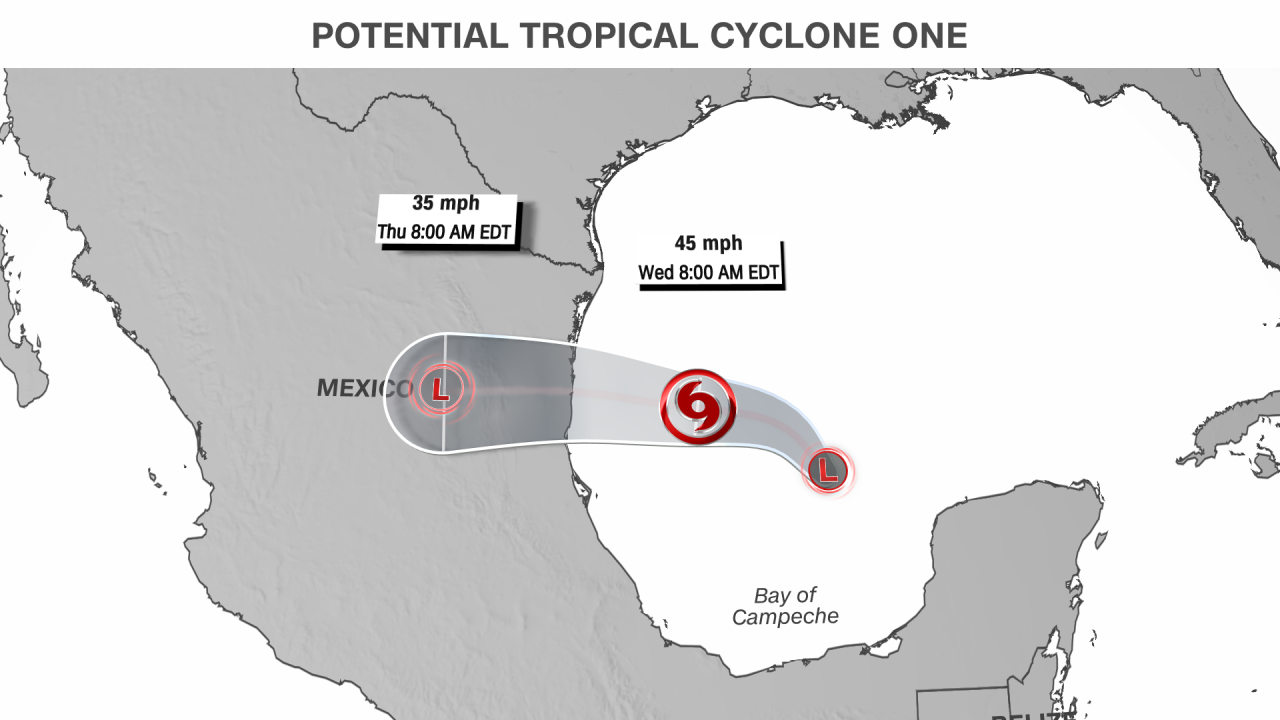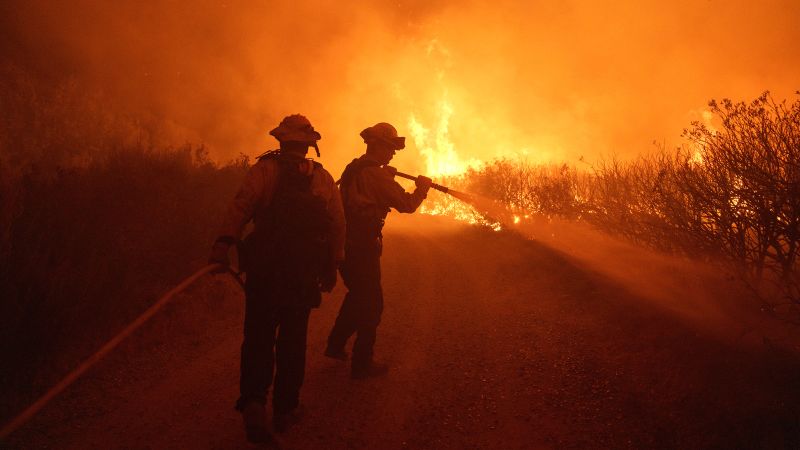
A dangerous and prolonged heat wave is currently affecting tens of millions of people across the Midwest, Mid-Atlantic, and Northeast regions in the United States. The most intense heat is focusing on the Great Lakes, Ohio Valley, and New England areas through Thursday. Temperatures could rise as high as 95 to 100 degrees Fahrenheit and heat indexes up to around 105 degrees Fahrenheit.
At least one person has died in New Mexico due to wildfires that are part of the record-breaking heat wave, which is also causing thousands of residents in the state to evacuate. In addition, two active wildfires are burning in New Mexico and Southern California.
India experienced its longest hot spell on record, spanning 24 days in April and May. Greece is currently experiencing deadly heat for the second week in a row, less than a year after experiencing a 16-day heat wave. Both countries have seen their fair share of extreme temperatures due to global warming.
The dangerous heat can lead to severe health consequences and even death, especially for vulnerable populations such as the elderly and those with pre-existing conditions. Approximately 350 people die on average each summer in New York due to hot weather, with Black New Yorkers being disproportionately affected. Some neighborhoods in the Bronx, Brooklyn, and Queens are at higher risk of experiencing dangerous heat due to factors like fewer green spaces and less access to air-conditioning.
To stay safe during the heat wave, people are encouraged to stay hydrated by drinking plenty of water and avoiding sugary or alcoholic beverages. They should also avoid prolonged exposure to the sun and seek out cool environments such as air-conditioned buildings or public cooling centers.
The National Weather Service has warned that this heat wave could be the longest one some places have experienced in decades. It is important for people to take precautions and stay informed about the latest weather conditions in their area.



